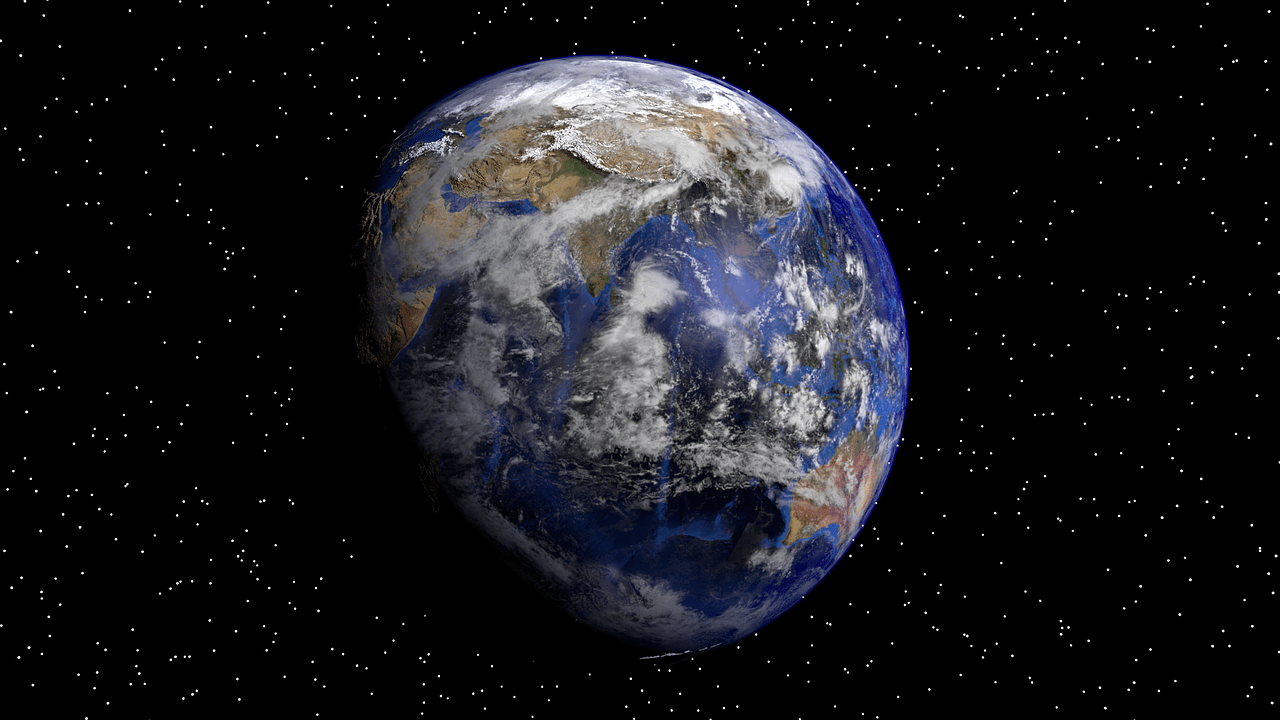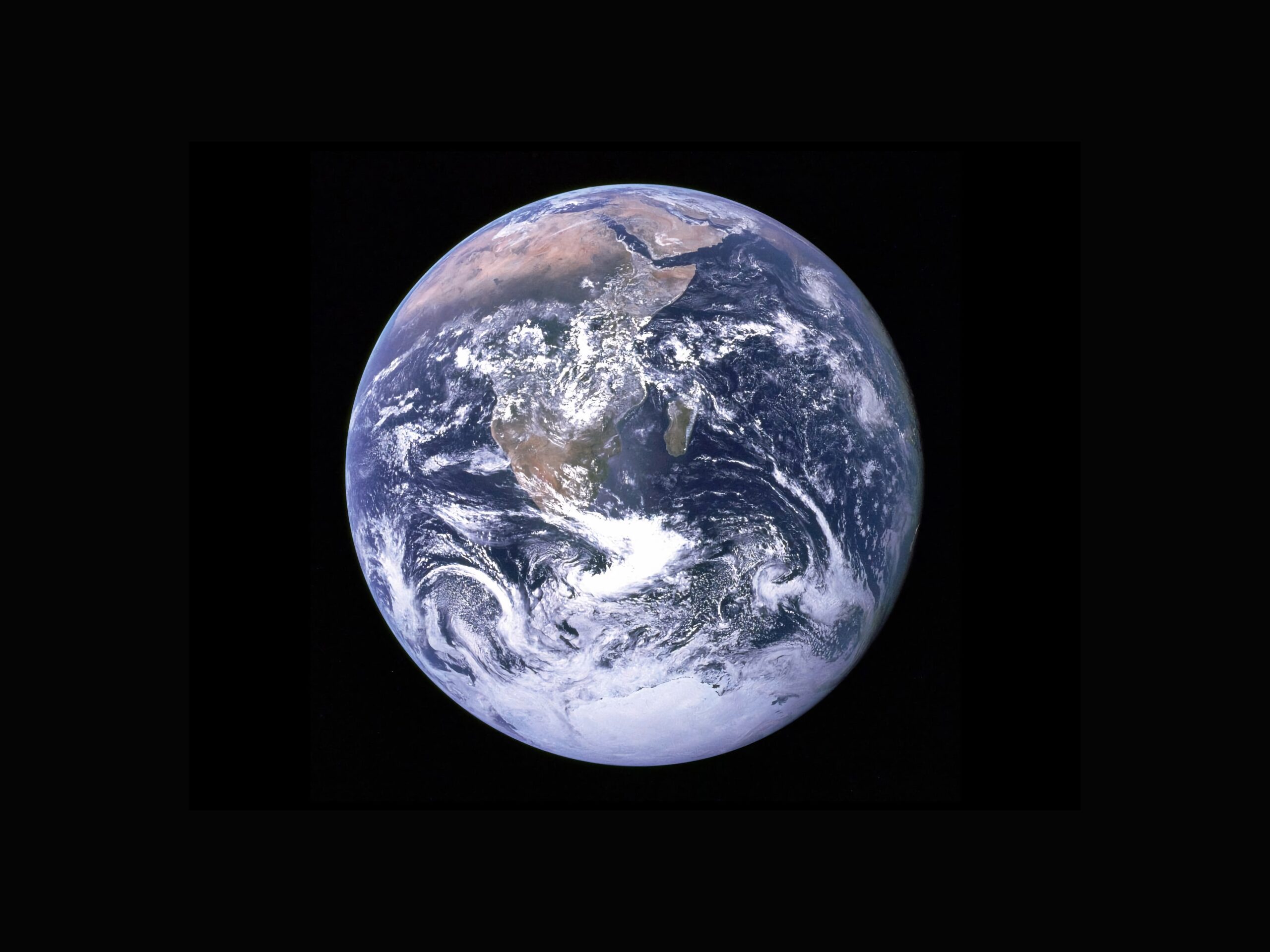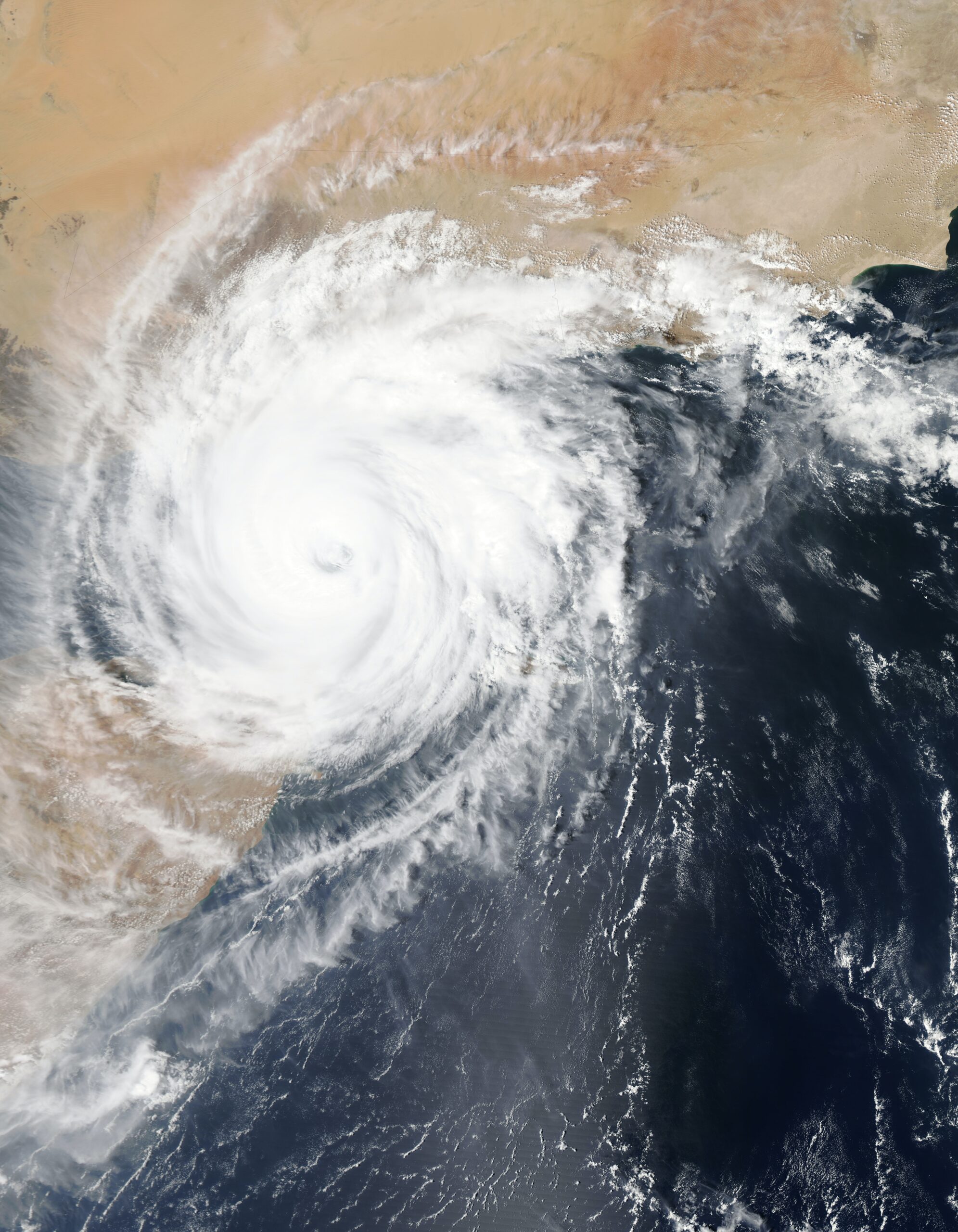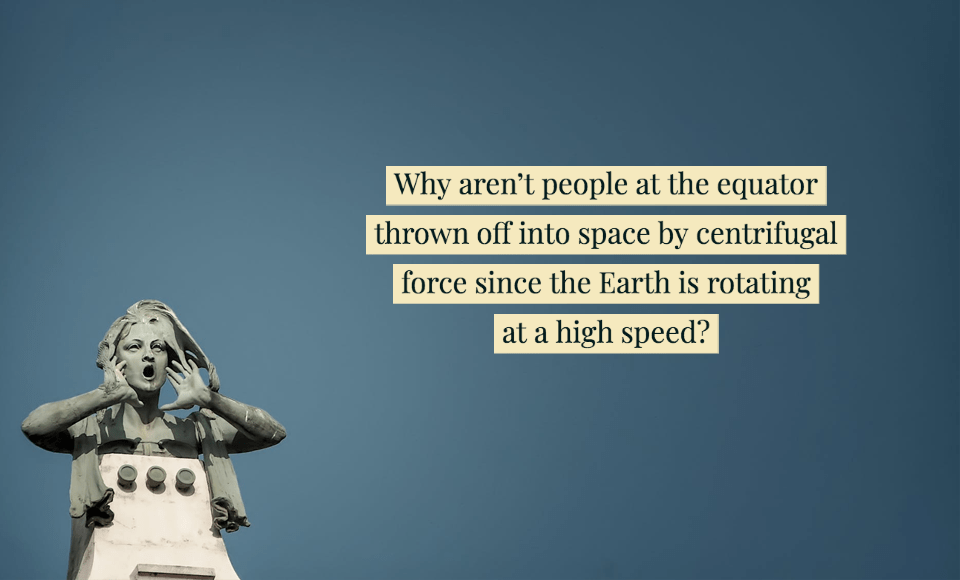What would happen if the earth stopped rotating?

The Earth serves as our planetary abode. The planet is currently the sole celestial body for which substantial quantities of water have been identified, and it stands as the exclusive site where the presence of life has been established. The region experiences wind patterns and undergoes seasonal variations. Have you ever considered the hypothetical scenario of the Earth ceasing its rotational motion? Fortunately, in the event of the Earth's cessation of rotation, it is important to note that individuals would not experience a gravitational force that would result in their displacement from the planet's surface.
Read on as this article will to provide information on the potential consequences that would arise from the cessation of Earth's rotation.

Earth and Laws of Motion
In order to comprehend this fact, it is imperative to have a grasp of Newton's First Law of Motion. In accordance with the first law of motion, commonly referred to as the law of inertia, an object that is in a state of rest will persist in its state of rest, while an object in motion will continue to move with constant velocity and in the same direction, unless acted upon by an external force that is opposite in direction. This phenomenon is commonly referred to as inertia.
It is widely acknowledged that the Earth, the Sun, and the entirety of our solar system do not encounter any external forces. Hence, the ongoing rotational motion of all celestial bodies, including planets, can be attributed to their initial inertia following their formation.
Put a Spin on It
The Earth completes a full rotation on its axis in a period of 23 hours, 56 minutes, and 4.09053 seconds. It has been observed that the rotational velocity of land at the equator is approximately 1,100 mph (1,770 km/h), while this velocity gradually diminishes to zero as one approaches the poles. In the event of a sudden cessation of the planet's rotation, the angular momentum acquired by the atmosphere, hydrosphere, and lithosphere near the equatorial region would persist, maintaining their velocity of 1,100 miles per hour. The movement would thoroughly examine the surface, causing it to disintegrate and propel fragments into the higher regions of the atmosphere and outer space.
Let us adopt a reflective stance. The concept of linear momentum refers to the mathematical product of an object's mass and its velocity, encompassing both its direction and magnitude. When a passenger is inside a vehicle that comes to a sudden halt, their forward motion persists as a result of the principle of linear momentum.
Angular momentum can be understood as the rotational counterpart to linear momentum. The quantity under consideration is the result of the multiplication between the moment of inertia, which represents the rotational force required to rotate a mass, and the angular velocity. The quarterback transfers angular momentum to the football as it is propelled through the air towards the wide receiver.
However, the cessation of Earth's rotation would not result in complete devastation.
What Would Happen If Earth Were to Abruptly Cease Its Rotation

It would not be advantageous. At the equator, the rotational velocity of the Earth reaches its maximum, approximately one thousand miles per hour. If the motion were to abruptly cease, the resulting momentum would propel objects in an easterly direction. The displacement of rocks and oceans has the potential to initiate seismic activity and generate tsunamis. The continuously moving atmosphere would erode landscapes. However, there is no need for concern an event of this nature would necessitate an equivalent amount of energy contained within the momentum of all objects on our rotating planet. Unfortunately, no physical mechanism currently present on Earth possesses the capability to provide such energy.
The sudden cessation of Earth's rotation would result in significant and widespread catastrophic consequences for a substantial portion of the planet's surface. Despite our lack of perception, all individuals are in motion along with the Earth's rotation. At the equator, this motion corresponds to an approximate speed of 1,000 miles per hour. If the rotation of the Earth were abruptly halted, any objects situated on its surface would experience a force that propels them in an easterly direction. Envision the scenario wherein various entities such as individuals, residential structures, arboreal formations, and large rock formations are propelled laterally at velocities reaching several hundred miles per hour. Following the event, the surface would undergo a thorough cleansing as the high velocity winds, which maintain a rotational speed comparable to that of the planet, continue to sweep across it.
If the deceleration occurred in a more gradual manner, the consequences would remain significant, albeit with a protracted temporal progression. One notable observation is the absence of the Sun's daily motion across the celestial sphere. The perceived movement of the Sun is a result of Earth's rotation. In the hypothetical scenario where the planet remains motionless, a single day would extend for a duration of six months, leading to the occurrence of notably prolonged sunsets.
The absence of the customary 24-hour day cycle would significantly disrupt biological circadian rhythms. The circadian rhythms, which regulate the timing of sleep and wakefulness in our bodies, are partially reliant on consistent variations in sunlight for their proper functioning. Numerous organisms inhabiting the Earth, ranging from bees to trees, depend on circadian rhythms to govern their biological activities. Modifying these cycles has the potential to disrupt conventional behavioral patterns.
The rotational motion of the Earth is closely associated with the atmospheric patterns observed on the planet. In the hypothetical scenario of the planet ceasing its rotation, a significant alteration in the patterns of air currents would ensue, subsequent to the subsidence of the formidable 1,000 mph winds. The current wind patterns observed in the Earth's atmosphere have a substantial impact on the distribution of precipitation and the regulation of temperatures on a global scale. Alterations in atmospheric circulation patterns have the potential to induce a transformation in currently forested regions, leading to the emergence of flourishing deserts. Similarly, frozen tundra areas could experience a shift towards becoming habitable as a consequence of such modifications. We are currently observing a comparable phenomenon, albeit with limited magnitude, as climate change modifies worldwide weather patterns. The potential consequences could be severe for organisms that rely on particular habitats.

The absence of Earth's rotational motion would result in the cessation of hurricanes. The generation of large-scale rotating storms is attributed to the Coriolis forces, which arise as a consequence of the planetary rotation. The winds drawn towards the developing storm's low pressure region exhibit a counterclockwise rotation in the northern hemisphere and a clockwise rotation in the southern hemisphere. This rotational pattern gives rise to the characteristic spiral bands and the well-defined central eye, which are distinctive features of a hurricane. This phenomenon is a contributing factor to the intensification of storms, thus the cessation of the planet's rotation could potentially yield one of the few advantageous outcomes by mitigating their impact.
However, the absence of planetary motion would likely result in the cessation of our magnetic field. Although the precise mechanisms remain uncertain, it is postulated that the generation of Earth's magnetic field is attributed to the dynamic motions of its liquid metal core. This phenomenon is referred to as a dynamo by scientists, leading to the formation of an intricate network of imperceptible magnetic field lines that curve around the planet. The consequences of losing that particular field would extend beyond the mere inability to navigate using a compass. The Earth's magnetic field serves as a protective barrier against cosmic rays and solar electromagnetic storms, among various other phenomena. This is certainly an item that we would desire to retain.
In summary
The Earth undergoes a continuous rotational motion akin to that of a spinning top, despite its imperceptibility to human senses such as sight, touch, hearing, or physical sensation.
In the hypothetical scenario where the rotational motion of the Earth ceases, the abrupt cessation of angular momentum would exert significant forces on all objects located on its surface. This would lead to a catastrophic event, causing severe disruption and undesirable consequences.
The hemisphere of the Earth that is oriented towards the Sun will encounter scorching summers, whereas the hemisphere oriented away from the Sun will be subjected to severe winters. The outcome of this phenomenon would manifest as colossal storms of prolonged duration.



